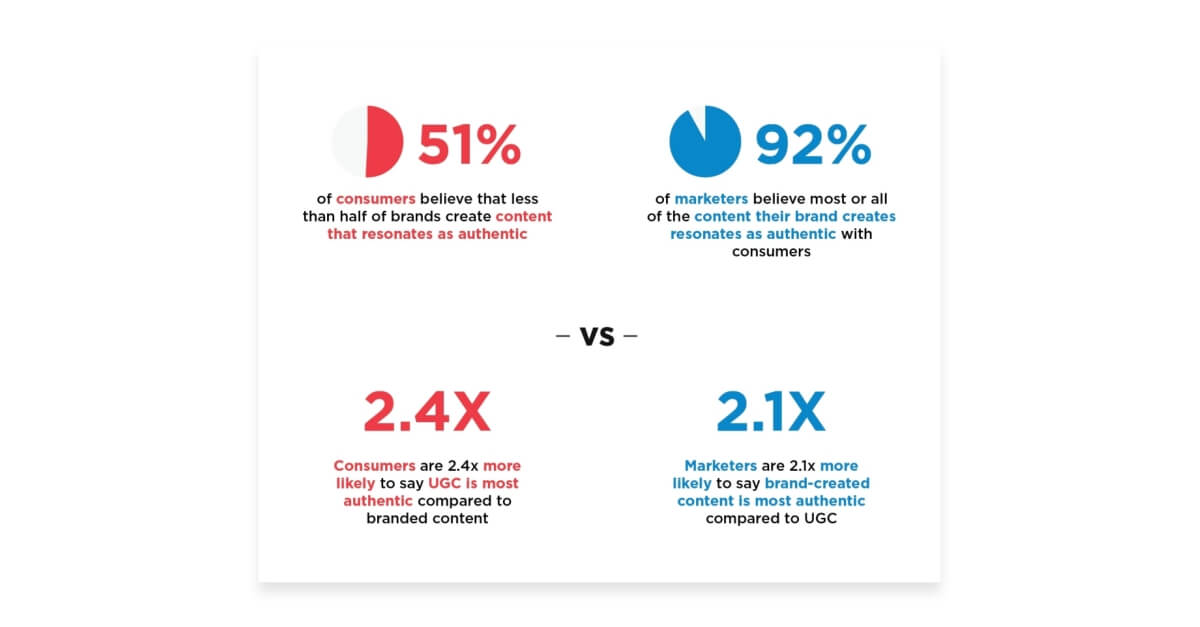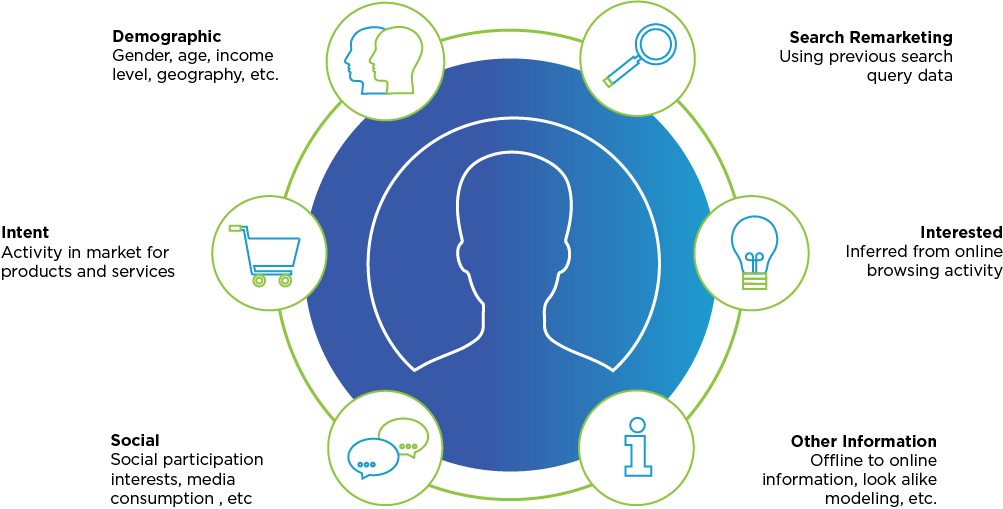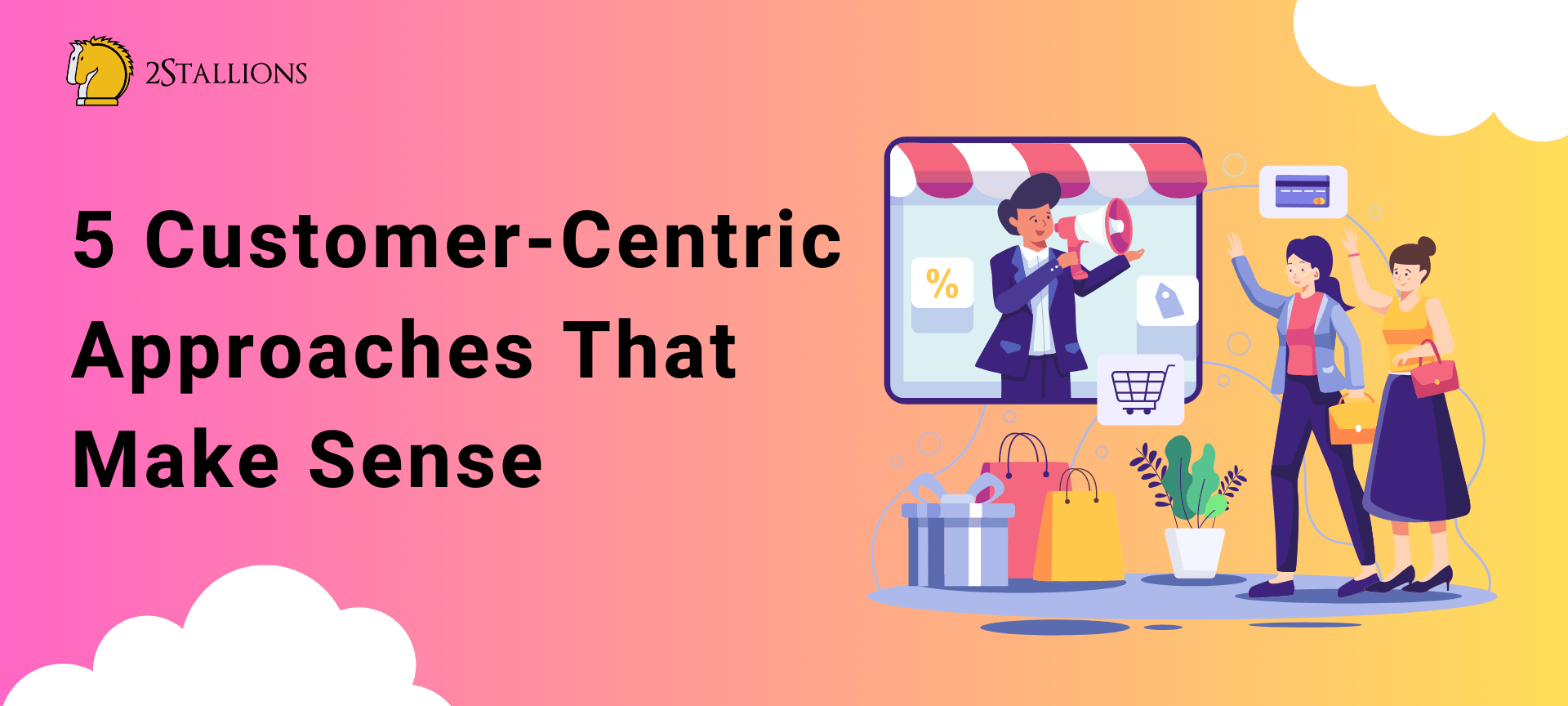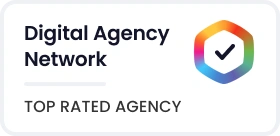SHARE

In today’s fast-paced digital era, it is more crucial than ever for content creators to understand the modern audience and their insatiable appetites.
The shift towards online platforms and the ever-evolving digital landscape has significantly impacted audience preferences.
To create content that resonates, we must first delve into what defines this modern audience and how their characteristics shape their content consumption.
Defining the Modern Audience
As technology continues to advance, so does the audience. The modern audience is a diverse group of individuals spanning different age groups, backgrounds, and interests.
They are digitally savvy, interconnected, and constantly seeking new and exciting content experiences.
The modern audience is a fascinating blend of individuals who have grown up in the digital age. They have witnessed the rise of social media, the birth of smartphones, and the explosion of online streaming platforms.
This exposure to technology has shaped their preferences and expectations when it comes to consuming content.
One interesting aspect of the modern audience is their ability to effortlessly navigate the vast digital landscape.
With a few taps on their smartphones, they can access a wealth of information, entertainment, and social connections. This ease of access has made them more curious and open to exploring diverse content from various sources.
The Impact of Digital Evolution on Audience Preferences
The rapid evolution of digital platforms has dramatically transformed the way audiences consume content. Traditional media has taken a back seat as people turn to online channels for entertainment, news, and information.
This transition has led to a shift in preferences towards bite-sized, easily digestible content, with a preference for video and interactive experiences.
Video content has become a dominant force in the digital landscape, captivating the modern audience with its visual storytelling capabilities.
From short-form videos on social media platforms to long-form documentaries on streaming services, the modern audience craves immersive and engaging audiovisual experiences.
Furthermore, the rise of interactive experiences has revolutionised the way audiences engage with content. From interactive quizzes and polls to virtual reality experiences, the modern audience seeks active participation and a sense of control over their content consumption.
Characteristics of the Modern Audience
The modern audience is not just passive consumers; they actively seek engagement and personalisation. They demand content that is relevant to their interests and aligns with their values. Authenticity, relatability, and inclusivity are vital factors that influence their choices.
The modern audience highly values authenticity. They appreciate content that feels genuine and transparent, whether it’s a behind-the-scenes look at a brand’s creative process or a heartfelt personal story shared by an influencer. They can easily detect inauthenticity and are quick to disengage from content that feels forced or insincere.
Relatability is another important characteristic of the modern audience. They want to see themselves represented in the content they consume.
Whether it’s through diverse characters in a TV show or relatable anecdotes in a blog post, the modern audience craves content that mirrors their own experiences and emotions.
Inclusivity is a value that holds great significance for the modern audience. They appreciate content that embraces diversity and promotes equality.
From inclusive casting in movies and TV shows to inclusive language and representation in advertising campaigns, the modern audience actively supports and engages with content that celebrates and respects all individuals.
As a trusted content marketing agency, 2Stallions develops compelling content strategies that boost your brand’s online presence. Schedule a free consulation with us now.
The Importance of Resonating Content
Creating content that resonates with the modern audience is essential for capturing their attention and maintaining their engagement.
It goes beyond simply delivering information; resonating content forms an emotional connection and nurtures relationships with the audience.
But what exactly is resonating content? Resonating content is like a perfectly tuned instrument, striking a chord deep within the hearts and minds of the audience.
It’s the kind of content that makes you stop scrolling, lean in closer, and feel something. It’s the kind of content that stays with you long after you’ve closed the browser tab.
The Role of Emotional Connection in Content Creation
Emotions drive human behaviour, and content that elicits emotions has a higher chance of resonating with the audience. From inspiring stories to heartfelt moments, tapping into the audience’s emotions can create a powerful and lasting impact.
Imagine reading a blog post that shares a personal story of triumph over adversity. As you read, you can’t help but feel a surge of inspiration and motivation.
That emotional connection you feel is what makes the content resonate with you. It’s what makes you want to share it with your friends and family, spreading the message further.
But creating that emotional connection is no easy task. It requires a deep understanding of your audience and what makes them tick.
It means delving into their hopes, fears, dreams, and aspirations. It means crafting content that speaks directly to their hearts, making them feel understood and valued.
How Resonating Content Drives Engagement
Resonating content has the ability to ignite conversations, spark curiosity, and generate shares. When content resonates, it becomes memorable and shareable, leading to increased engagement and organic growth.
Think about the last time you stumbled upon a video that made you laugh out loud or a blog post that made you nod your head in agreement. Chances are, you couldn’t resist sharing it with your friends or colleagues. That’s the power of resonating content.
But it’s not just about the immediate engagement. Resonating content has a ripple effect. When people resonate with your content, they are more likely to become loyal followers, eagerly awaiting your next piece of wisdom.
They become your brand ambassadors, spreading the word about your content and attracting more like-minded individuals to join the conversation.
So, how do you create resonating content that drives engagement? It starts with understanding your audience’s needs and desires. What are their pain points? What are they passionate about? By answering these questions, you can tailor your content to address their specific concerns and aspirations.
Additionally, storytelling plays a crucial role in creating resonating content. Stories have a way of capturing our attention and evoking emotions. They have the power to transport us to different worlds, make us feel a range of emotions, and ultimately, make us care.
So, the next time you sit down to create content, remember the importance of resonating content. Aim to strike that chord within your audience, to make them feel something, and to create a lasting impact. Because when your content resonates, it has the power to change lives.
 Crafting Content That Appeals to the Modern Audience
Crafting Content That Appeals to the Modern Audience
To create content that truly resonates, understanding the power of storytelling and authenticity is paramount. Storytelling allows creators to connect with the audience on a deep level, capturing their imagination and making content more relatable.
Understanding the Power of Storytelling
Stories have been a fundamental part of human communication for centuries. Leveraging the art of storytelling in content creation enables creators to convey messages in a compelling and memorable way. The content becomes more immersive and captivating by weaving narratives that encapsulate the audience’s desires and experiences.
The Role of Authenticity in Content Creation
In an era filled with polished and curated content, authenticity stands out. The modern audience craves genuine experiences and connections.
Creating authentic content means being transparent, relatable, and trustworthy. It allows creators to foster stronger connections with their audience, establishing a loyal and engaged following.
 The Role of Data in Understanding Audience Appetite
The Role of Data in Understanding Audience Appetite
To truly understand the modern audience’s appetite, data plays a vital role. Audience analytics provides valuable insights into their behaviours, preferences, and interests.
How to Utilise Audience Analytics
Through data analysis, creators can uncover valuable information about their audience’s demographics, browsing habits, and content preferences.
This data can shape content strategies and help creators tailor their output to maximise resonance and engagement.
The Importance of Audience Segmentation
Audience segmentation allows creators to categorise their audience based on their demographics, interests, and behaviour patterns.
By understanding the different segments within their audience, creators can create content that specifically targets and resonates with each group, enhancing engagement and relevance.
The Future of Content Creation
As audiences continue to evolve, content creators must stay ahead of the curve and adapt their strategies to meet future demands.
Predicted Trends in Audience Appetite
Looking ahead, emerging technologies such as augmented reality, virtual reality, and artificial intelligence are likely to revolutionise the content landscape.
Creators need to anticipate these trends and explore innovative ways to develop content that captivates and resonates with audiences of the future.
Adapting Content Strategies for Future Audiences
To remain relevant, content creators must continuously adapt and evolve their strategies. This includes staying on top of emerging platforms, formats, and trends while maintaining a deep understanding of their audience’s shifting preferences.
By embracing change and experimenting with new approaches, creators can continue to produce resonating content that captivates the ever-changing audience.
In conclusion, understanding the modern audience and their cravings for resonating content is the key to successful content creation.
Content creators can ensure their output captivates and resonates with the ever-evolving appetite of the modern audience by delving into their preferences, crafting compelling stories, and leveraging the power of data.
Embracing change and staying ahead of the curve will pave the way for future success in the content creation landscape.
Frequently Asked Questions About Content That Resonates
What Content Resonates Best with Your Audience?
To determine what content resonates best with your audience, you need to understand their interests, needs, and preferences. Content that solves their problems answers their questions or entertains them resonates well. Analysing engagement metrics on previous content can also provide insights into their preferences.
How Do You Create Content that Resonates with Audiences?
Creating content that resonates with your audience involves:
- Understanding your audience: Know their demographics, interests, and pain points.
- Providing value: Offer solutions, insights, or entertainment.
- Being authentic: Maintain a genuine and consistent voice.
- Engaging storytelling: Craft compelling stories that evoke emotions.
- Encouraging participation: Involve your audience through comments, surveys, or social media interactions.
- Utilising visuals: Incorporate images, videos, and infographics.
- Analysing and adjusting: Use analytics to track performance and adjust your strategy accordingly.
What Kind of Content Is Most Engaging?
Most engaging content types include:
- Video content: Especially short-form videos on social media.
- Interactive content: Quizzes, polls, and interactive infographics.
- Personalised content: Tailored to the individual’s interests and behaviours.
- User-generated content: Reviews, testimonials, and social media posts from users.
- How-to guides and tutorials: Content that provides clear solutions and instructions.
- Storytelling: Sharing brand stories or customer experiences.
What Kind of Content Is Popular Now?
As of now, popular content types include:
- Short-form videos: Due to the rise of platforms like TikTok and Instagram Reels.
- Live streaming: On platforms like Facebook, Instagram, and YouTube.
- Podcasts: Particularly in niche areas.
- Interactive content: Such as quizzes, calculators, and interactive videos.
- Authentic and relatable content: As audiences seek genuine connections.
- Educational content: Especially in the form of webinars, online courses, and how-to guides.
Creating content that resonates requires a deep understanding of your audience and a commitment to providing value in a format that they prefer.



 Crafting Content That Appeals to the Modern Audience
Crafting Content That Appeals to the Modern Audience The Role of Data in Understanding Audience Appetite
The Role of Data in Understanding Audience Appetite








